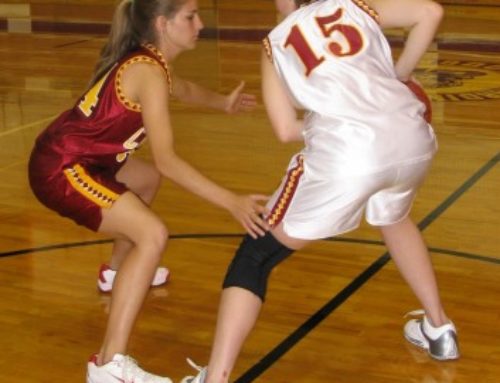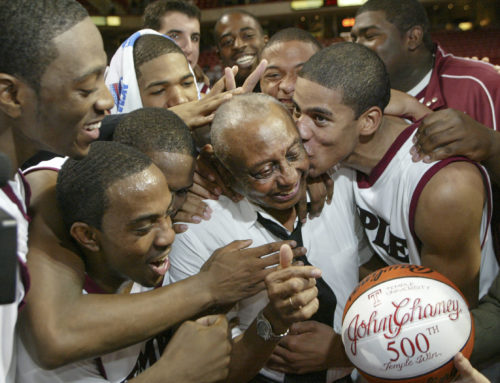For many people their introduction to the world of sports analytics came from the Brad Pitt movie “MoneyBall”, based on the book of the same name. The story follows the growth of analytics in baseball, championed by the Oakland A’s General manager Billy Beane. While unable to find ultimate success in Oakland, many of the concepts created there were used by the Boston Red Sox to win the World Series years later.
The trend that started in baseball quickly moved over the National Basketball Association (NBA) and has filtered down through the collegiate and school ranks. Daryl Morey, the general manager of the Houston Rockets, was early to bring the analytics concept to basketball as he ushered in an era of 3 point dominated offense perfected by the Golden State Warriors. Efficiency, true shooting percentage and other advanced stats now permeate the coaching world in basketball as every coach and organization looks to find an edge in the game. (for a more detailed description of analytics please see previous benchblogs Statistics vs-Analytics & Efficiency – The Most Important Stat in Basketball)
The question that requires discussion now is if these advanced analytics are suitable to the game at the High School level? This wasn’t a discussion that was had 10 years ago, as High School programs didn’t have the resources, nor the dedicated staff, to record and analyze statistics from the game. This first hurdle has been eliminated as accessible statistical tools such as BenchBoss are now available to High School coaches. BenchBoss provides a user friendly program that can easily track in game statistics that can be used by coaches to evaluate both team and player performance.
The next question is if this type of analytics has any use at the High School level. Some may argue that this approach complicates the game for High School players and should be left to elite levels of collegiate and professional basketball. While this argument may have some merit, I believe the statistics that were historically tracked in high school basketball painted a simple picture of player development and performance. At best, player statics tracked points scored, rebounds and assists which not only create an incomplete picture they can often times cause us to concentrate on stats that do little to improve team and player performance.
There is no better argument for the need for analytics that the disconnect between the attributes coaches try to install in players and what was tracked in basic statistics. Every coach stresses the need for defense, yet simple statistics often overlook the elements of play that demonstrate a strong defensive effort. Advanced stats, like those offered with BenchBoss, allow us to track these skills. Once tracked we can not only reward players who excel at the defensive end but it also allows us to give concrete examples of how players can improve. On the offense end of the floor I doubt there is a coach working today who doesn’t want his players taking high percentage shots. If we are to only consider points per game, we are unlikely to offer the type of insight to players on how they can improve their offensive decision making and efficiency. True shooting percentage, effective field goal percentage, offensive and defensive rating as well as a detailed shot chart provide much more detail and can help players and staff study their game to determine how they can improve on the offensive end of the court.
I’ll end with an example from the 2020 NBA Eastern Conference Playoffs featuring the Miami Heat and the Boston Celtics. One of the standout performances of that series was Tyler Herro, a 19-year-old rookie for the Miami Heat. Herro produced the best performance of a rookie in the series and perhaps of all time save Magic Johnson’s incredible performance starting as center for the Lakers in Game 6 of the 1980 Finals. Herro exploded for 37 points and was rightfully celebrated for his performance. However, the statistics from that game that caught many coach’s eyes was the fact that Herro was a minus four (-4) in the game, meaning that while he was on the court the Heat were outscored by 4 points. Should we not celebrate Herro’s 37-point night? Of course not, but advanced statistics show us that there is plenty to consider when working on player development for the young rookie, a lesson easily transferred to the High School level.





